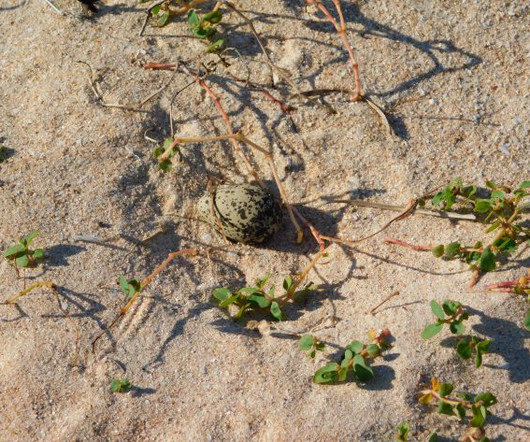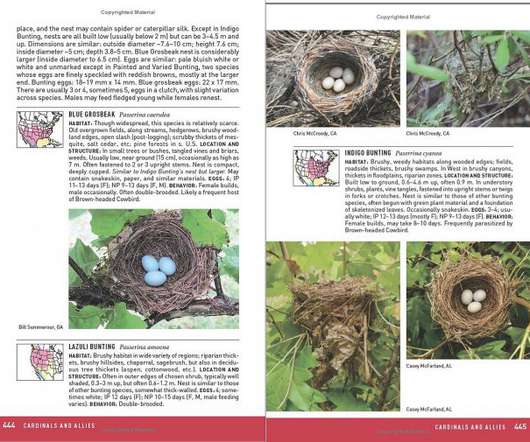Best Bird of the Weekend (First of March 2011)
10,000 Birds
MARCH 6, 2011
• Explore These Related Posts Best Bird of the Weekend (Third of March 2011) Where Are You Birding This Third Weekend of March 2011? Best Bird of the Weekend (Second of March 2011) Where Are You Birding This Second Weekend of March 2011? Where Are You Birding This First Weekend of March 2011?







































Let's personalize your content